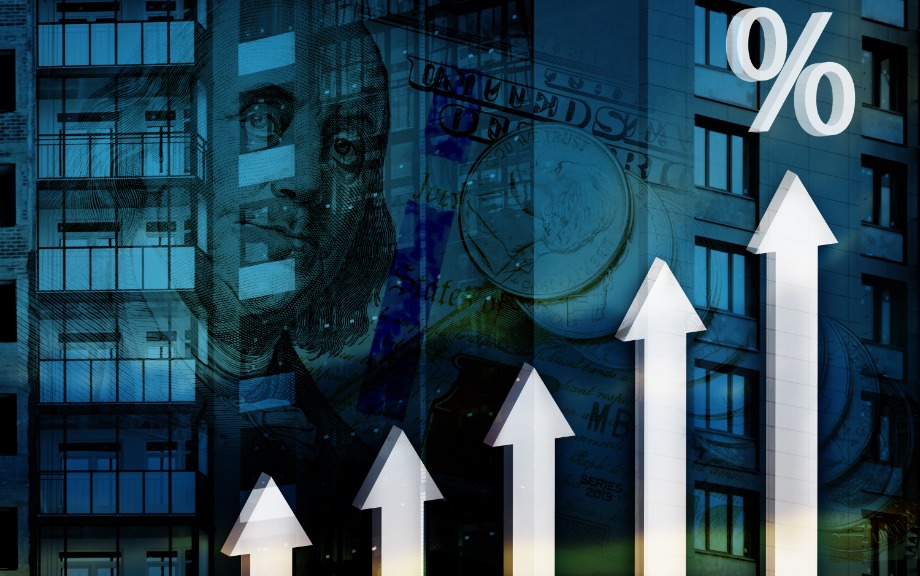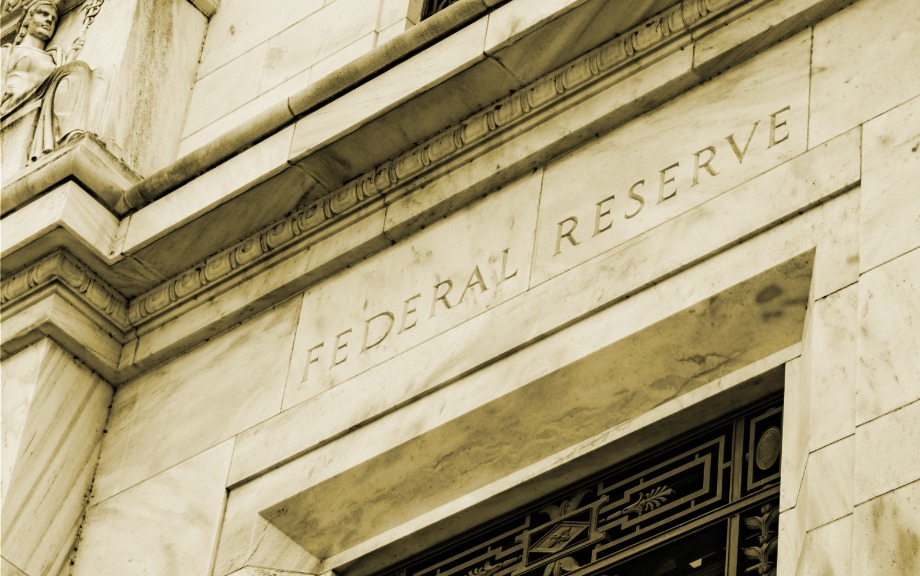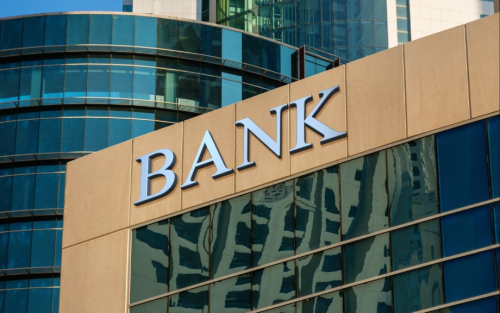How Do Deposit Rates Respond to Monetary Policy?

When the Federal Open Market Committee (FOMC) wants to raise the target range for the fed funds rate, it raises the interest on reserve balances (IORB) paid to banks, the primary credit rate offered to banks, and the award rate paid to participants that invest in the overnight reverse repo (ON RRP) market to keep the fed funds rate within the target range (see prior Liberty Street Economics posts on this topic). When these rates change, market participants respond by adjusting the valuation of financial products, of which a significant category is deposits. Understanding how deposit terms adapt to changes in policy rates is important to understanding the impact of monetary policy more broadly. In this post, we evaluate the pass through of the fed funds rate to deposit rates (that is, deposit betas) over the past several interest rate cycles and discuss factors that affect deposit rates.
Banking System Vulnerability: 2022 Update

To assess the vulnerability of the U.S. financial system, it is important to monitor leverage and funding risks—both individually and in tandem. In this post, we provide an update of four analytical models aimed at capturing different aspects of banking system vulnerability with data through 2022:Q2, assessing how these vulnerabilities have changed since last year. The four models were introduced in a Liberty Street Economics post in 2018 and have been updated annually since then.
Measuring the Ampleness of Reserves

Over the past fifteen years, reserves in the banking system have grown from tens of billions of dollars to several trillion dollars. This extraordinary rise poses a natural question: Are the rates paid in the market for reserves still sensitive to changes in the quantity of reserves when aggregate reserve holdings are so large? In today’s post, we answer this question by estimating the slope of the reserve demand curve from 2010 to 2022, when reserves ranged from $1 trillion to $4 trillion.
How the Fed’s Overnight Reverse Repo Facility Works

Daily take-up at the overnight reverse repo (ON RRP) facility increased from less than $1 billion in early March 2021 to just under $2 trillion on December 31, 2021. In the second post in this series, we take a closer look at this important tool in the Federal Reserve’s monetary policy implementation framework and discuss the factors behind the recent increase in volume.
How Competitive are U.S. Treasury Repo Markets?
The Treasury repo market is at the center of the U.S. financial system, serving as a source of secured funding as well as providing liquidity for Treasuries in the secondary market. Recently, results published by the Bank for International Settlements (BIS) raised concerns that the repo market may be dominated by as few as four banks. In this post, we show that the secured funding portion of the repo market is competitive by demonstrating that trading is not concentrated overall and explaining how the pricing of inter-dealer repo trades is available to a wide-range of market participants. By extension, rate-indexes based on repo trades, such as SOFR, reflect a deep market with a broad set of participants.
Up on Main Street

The Main Street Lending Program was the last of the facilities launched by the Fed and Treasury to support the flow of credit during the COVID-19 pandemic of 2020-21. The others primarily targeted Wall Street borrowers; Main Street was for smaller firms that rely more on banks for credit. It was a complicated program that worked by purchasing loans and sharing risk with lenders. Despite its delayed launch, Main Street purchased more debt than any other facility and was accelerating when it closed in January 2021. This post first locates Main Street in the constellation of COVID-19 credit programs, then looks in detail at its design and usage with an eye toward any future programs.
Bank Capital, Loan Liquidity, and Credit Standards since the Global Financial Crisis

Did the 2007-09 financial crisis or the regulatory reforms that followed alter how banks change their underwriting standards over the course of the business cycle? We provide some simple, “narrative” evidence on that question by studying the reasons banks cite when they report a change in commercial credit standards in the Federal Reserve’s Senior Loan Officer Opinion Survey. We find that the economic outlook, risk tolerance, and other real factors generally drive standards more than financial factors such as bank capital and loan market liquidity. Those financial factors have mattered more since the crisis, however, and their importance increased further as post-crisis reforms were phased in in the middle of the following decade.
How Has Post‑Crisis Banking Regulation Affected Hedge Funds and Prime Brokers?

“Arbitrageurs” such as hedge funds play a key role in the efficiency of financial markets. They compare closely related assets, then buy the relatively cheap one and sell the relatively expensive one, thereby driving the prices of the assets closer together. For executing trades and other services, hedge funds rely on prime brokers and broker-dealers. In a previous Liberty Street Economics blog post, we argued that post-crisis changes to regulation and market structure have increased the costs of arbitrage activity, potentially contributing to the persistent deviations in the prices of closely related assets since the 2007–09 financial crisis. In this post, we document how post-crisis changes to bank regulations have affected the relationship between hedge funds and broker-dealers.
Leverage Ratio Arbitrage All Over Again
Leverage limits as a form of capital regulation have a well-known, potential bug: If banks can’t lever returns as desired, they can boost returns on equity by shifting toward riskier, higher yielding assets. That reach for yield is the leverage rule “arbitrage.” But would banks do that? In a previous post, we discussed evidence from our working paper that banks did do just that in response to the new leverage rule that took effect in 2018. This post discusses new findings in our revised paper on when and how banks arbitraged.















 RSS Feed
RSS Feed Follow Liberty Street Economics
Follow Liberty Street Economics